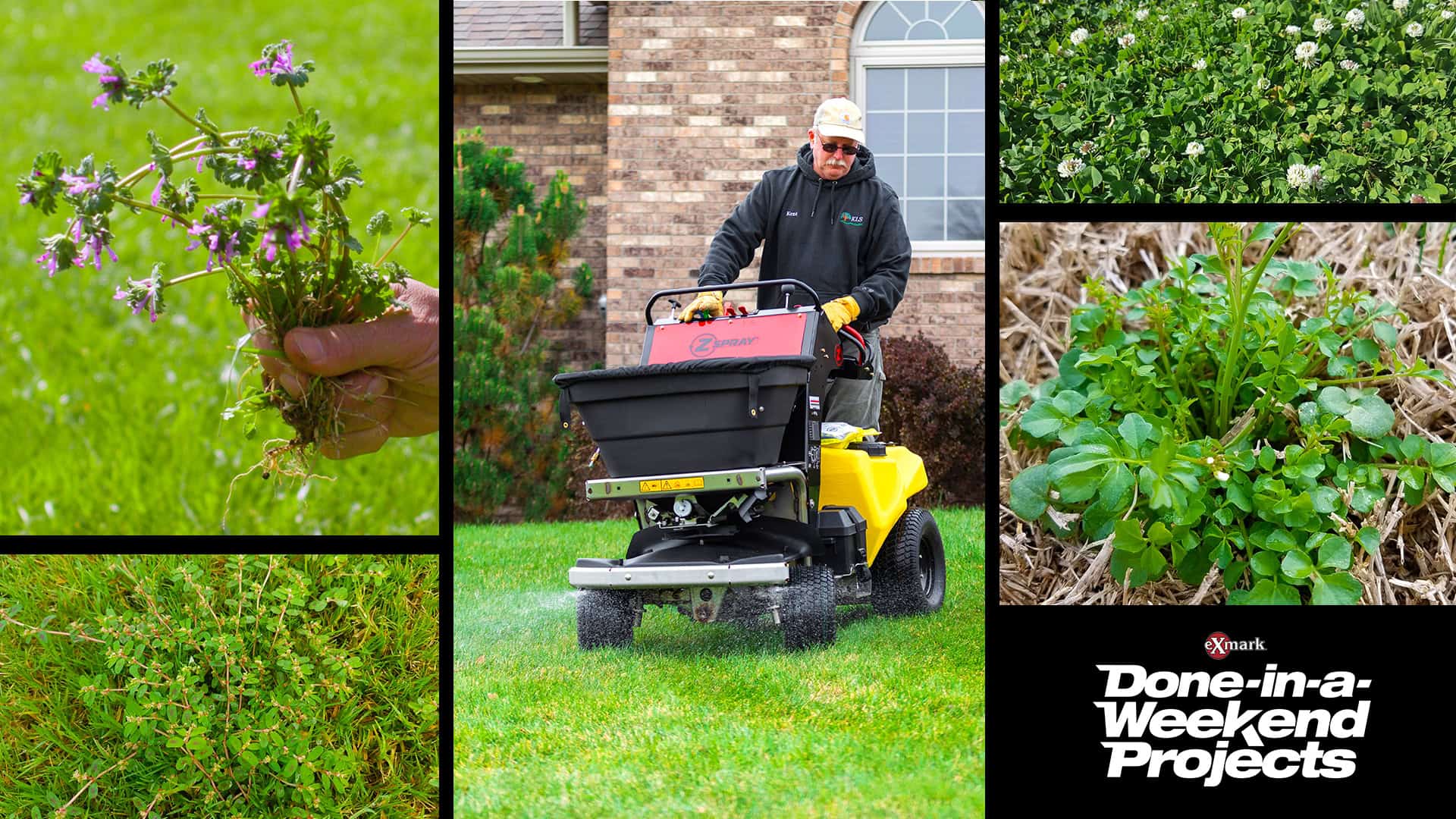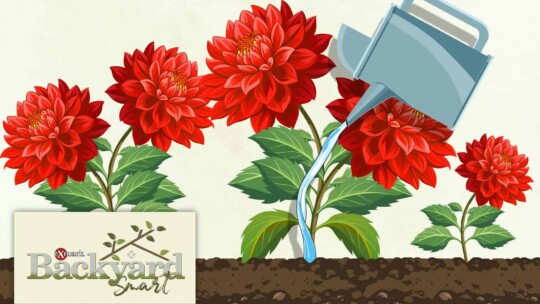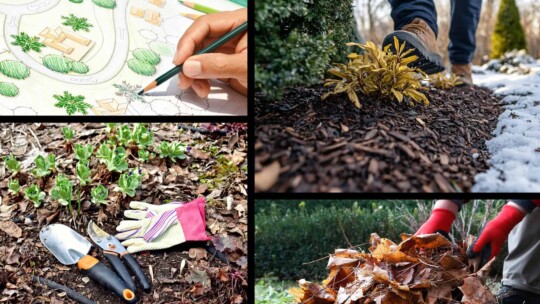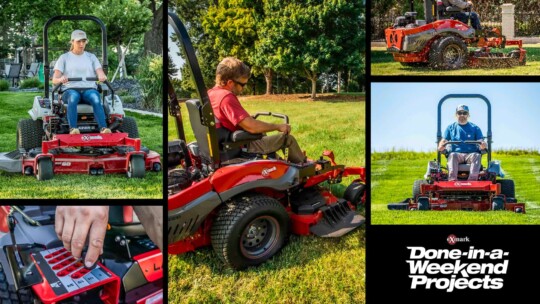
Common Lawn Weeds & What To Do About Them
Every backyard warrior knows how quickly a weed infestation can turn a dream yard into a nightmare. So how do you get ahead? Exmark pro ambassador, weed expert, and owner of Alabama Lawn Pros, Jason Creel, is on the weed-fighting case. Follow along in this episode of Done-In-A-Weekend Projects as Creel joins host Doug Scott to help homeowners better understand the common lawn weeds in their yard. So you can develop a prevention strategy that keeps them at bay and enjoy a weed-free backyard life.
Weed Control Basics
Before Doug and Jason dive into the wide world of weed control, there are a few pointers to consider first. Namely, as Jason says, weed control isn’t a one-and-done process. Across the country, or even across the road, every yard has its own mixed bag of weeds. So work and research are needed to ensure that you have the right product at the right amount—and at the right time.
And before you can even consider herbicides, you have to win the first half of the battle: identifying the weeds in your lawn.
Identifying Common Lawn Weeds
As you’ve probably guessed, not all weeds grow the same—which can make formulating your weed control approach slightly overwhelming. Thankfully, they fall into three categories, grassy weeds, broadleaf weeds, and sedges, making control slightly easier.

Grassy weeds, such as crabgrass and goosegrass, can be difficult to identify, as they boast long, flat, and pointed blades that look very much like those in your lawn. Unlike turfgrass, these weeds grow in clumps or bunches, have visible seedheads, hollow stems, and are slightly off-color from the surrounding lawn. They also grow both taller and more quickly than your lawn, giving you a slight advantage in the identification game.
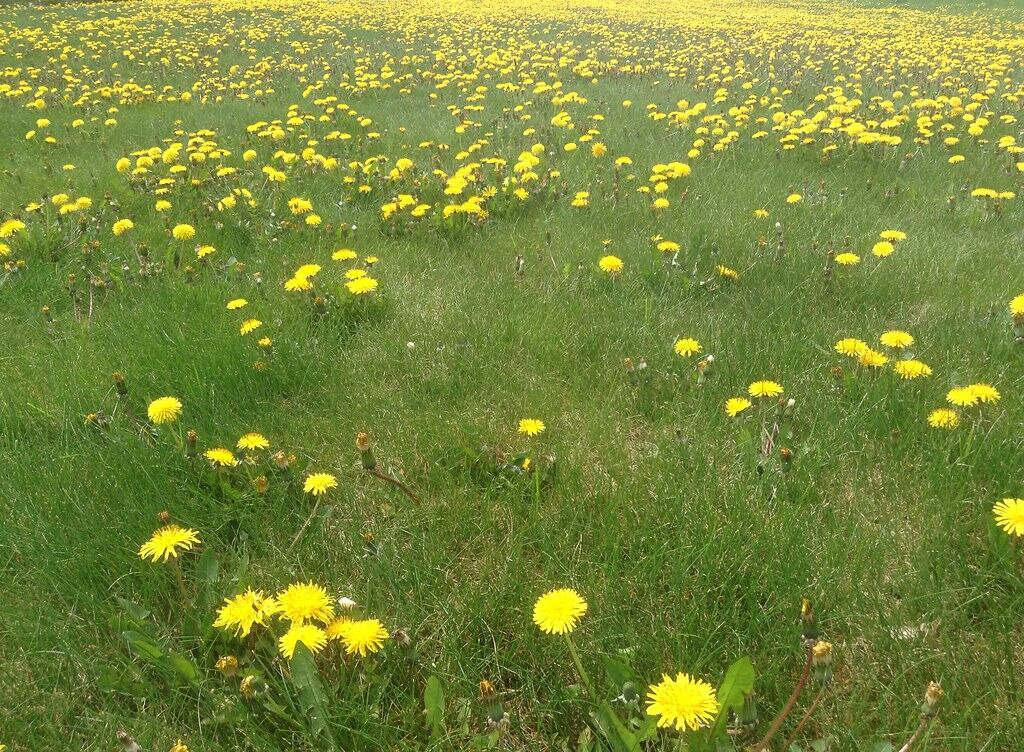
Broadleaf weeds are easier to identify than their grassy counterparts, owing to their wide, flat (and broad) leaves. Their leaves are typically veiny as well, possessing one large vein that bisects the center of the leaf with countless smaller ones branching off it. These weeds also tend to sprout bright flowers and seedheads (dandelions and clover being two of the most common types) and grow a deep taproot that’s tough to root out.
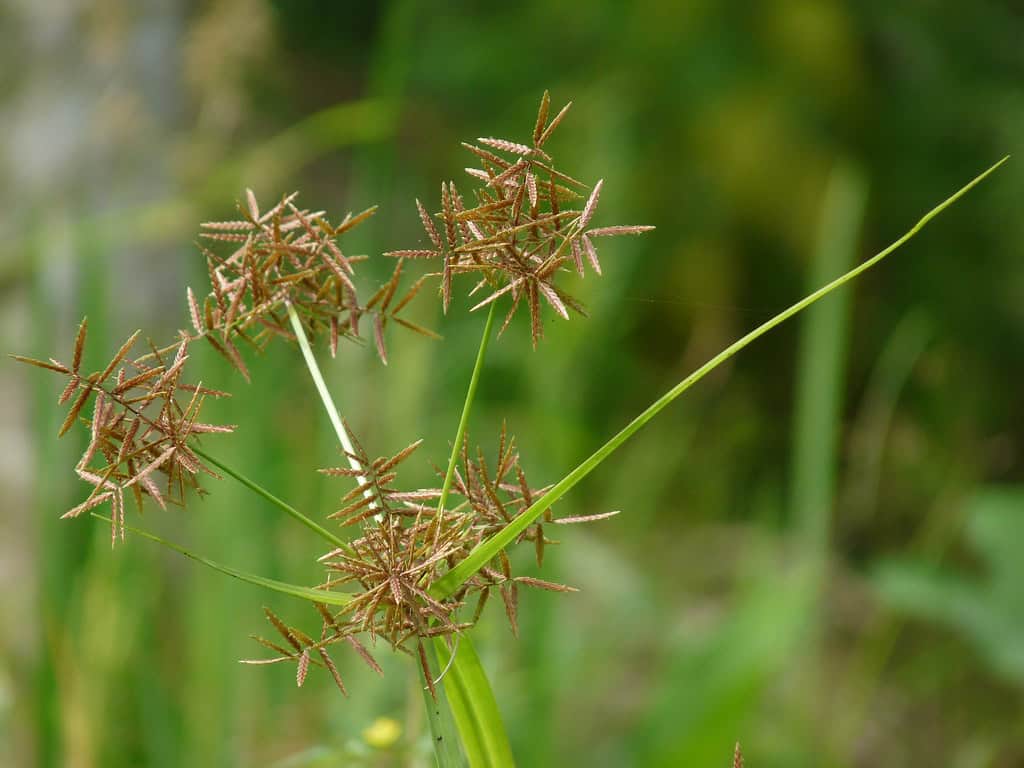
Finally, sedges—like nutsedge—look a whole lot like turfgrasses and grassy weeds. That’s where a deeper look comes into play. Unlike grassy weeds, which have hollow stems and leaf nodes, sedges have solid, triangular stems.
The Life Cycle of Weeds
As Jason says, before you can start “spraying and praying” herbicide, you also have to first understand the life cycles of weeds found in your yard.
Some weeds, like common ragweed and spurge, are annuals. Meaning, they germinate, grow, and die all within a single season. Others, like oxalis and nutsedge, are perennials, returning year after year, requiring constant maintenance and vigilance to hold them at bay. And that’s not to mention biennial weeds, such as wild carrot and musk thistle, which have a two-year life cycle. They experience vegetative growth in the first, followed by flowering and seed production in the second, before finally dying.
Like the grass in your lawn, these three weed life cycles are further characterized by their seasonal growth cycles. Warm-season weeds germinate in the spring, thrive in the summer, and die off in the fall. Whereas cool-season weeds germinate in the fall, mature in the spring, and die in the scorching summer sun.
Herbicide Application and Timing
The various weed types and life cycles mean that weed control is way more than a one-and-done, or even twice a year, effort. It requires year-round strategy and application to effectively nip them in the bud.
It all starts with a pre-emergent herbicide application in both the spring and fall as the first line of defense. However, timing is key, as soil temperature dictates when seeds germinate, making it essential to monitor your local weather. Some varieties, like crabgrass, germinate when soil temperature hit 55º F. So, depending on your climate, an early spring (or even winter) application is a must.
While settling into a routine is nice, you can’t always stick to the same schedule you’ve followed in the past. The weather shifts every year, giving us cooler springs or warmer falls, so you need to adjust your application timing for the best results.
Even the best plan doesn’t keep 100% of weeds from slipping through—which is where post-emergents come in. Simply put, apply post-emergents whenever weeds rear their invasive heads. For even better results, Jason states you can mix pre- and post-emergents together to control existing weeds while fighting back against future ones.
As always, make sure to follow the instructions on your product label. Different products have different application and temperature restrictions, so it’s best to know everything before you get spraying.
Herbicide Selection
Unfortunately, there’s no one-product-prevents-all when it comes to weed control. Some weeds develop resistance to certain products through generational exposure, and others require different types of treatments. So rotating herbicides with different active ingredients is your best bet to ensuring long-term success.
Additional Weed Control Considerations
While herbicide use does a lot of the heavy lifting when it comes to weed control, a healthy, thick lawn goes far. And part of that lawn health starts with mowing—a healthy lawn fights weeds more easily, so sharp blades and varied mowing patterns are a must.
Mowing frequency matters too: lawns cut weekly tend to have fewer weeds than those cut every other. If you let your grass grow too tall and cut off a large chunk to save time, you risk stressing and weakening your lawn. So, make sure to mow at the ideal height according to your grass type and stick to the “Golden Rule” if hopping on the mower after a long break.
At the end of the day, weed control boils down to three main points: identification, application, and consistency. If you follow these guidelines, you’ll be well on your way to getting ahead of the spread or fighting back against a potential infestation. Oh, and enjoying a green and pristine backyard life, of course!

